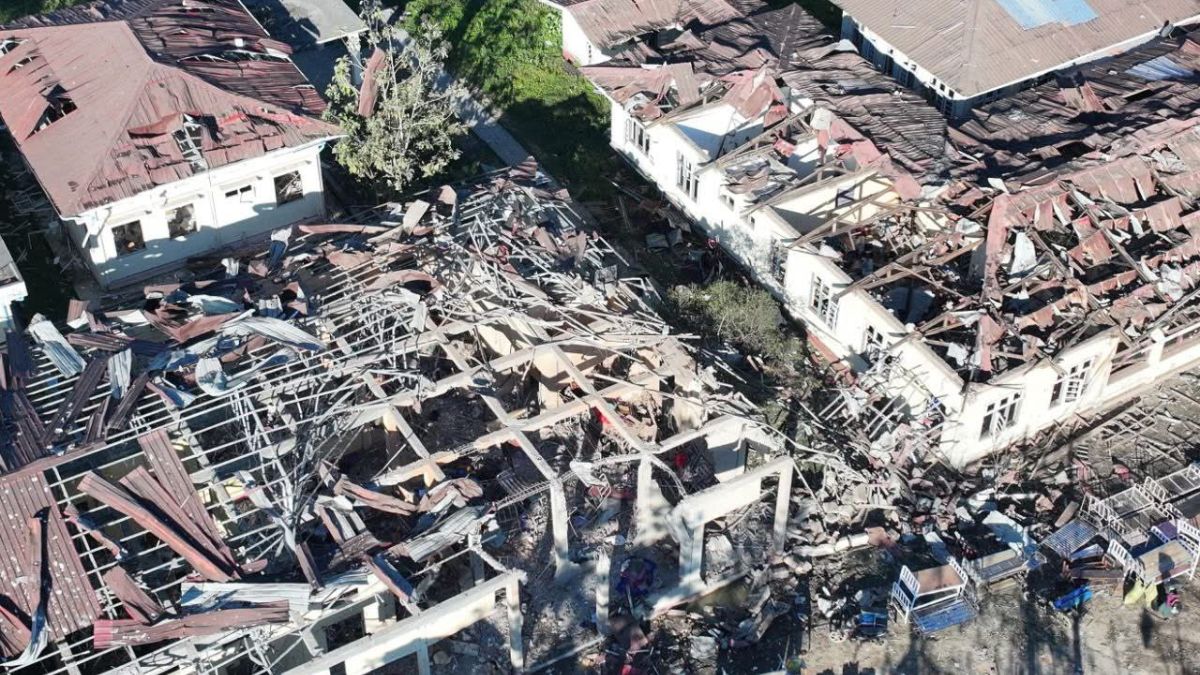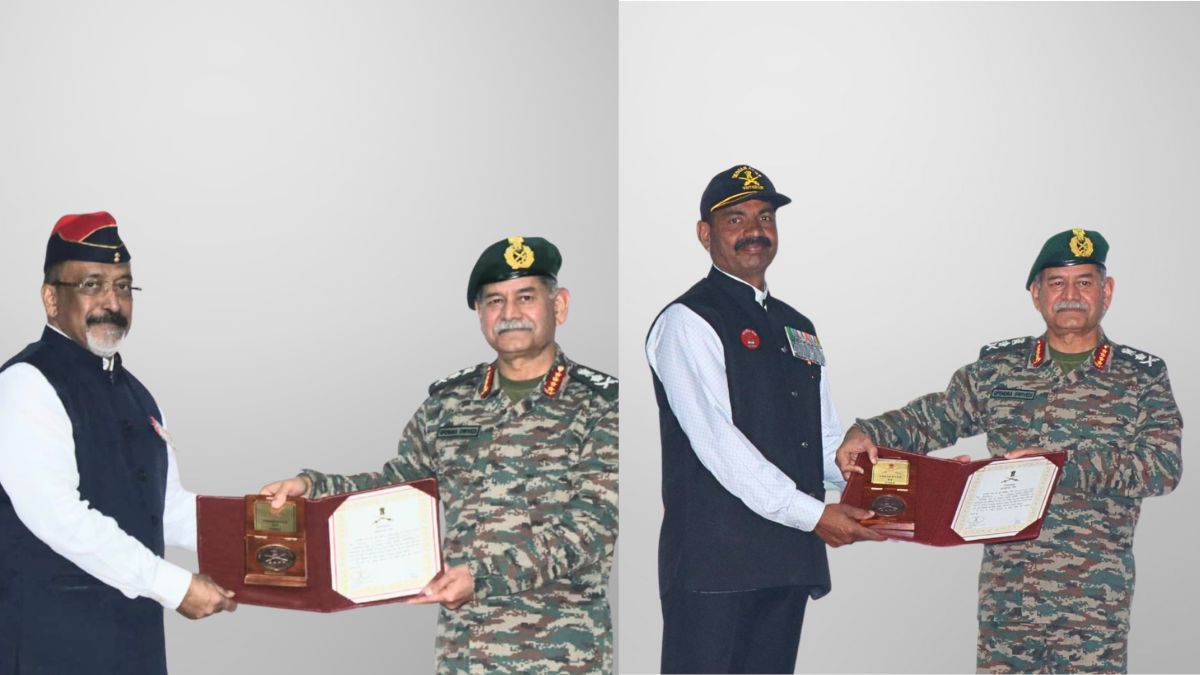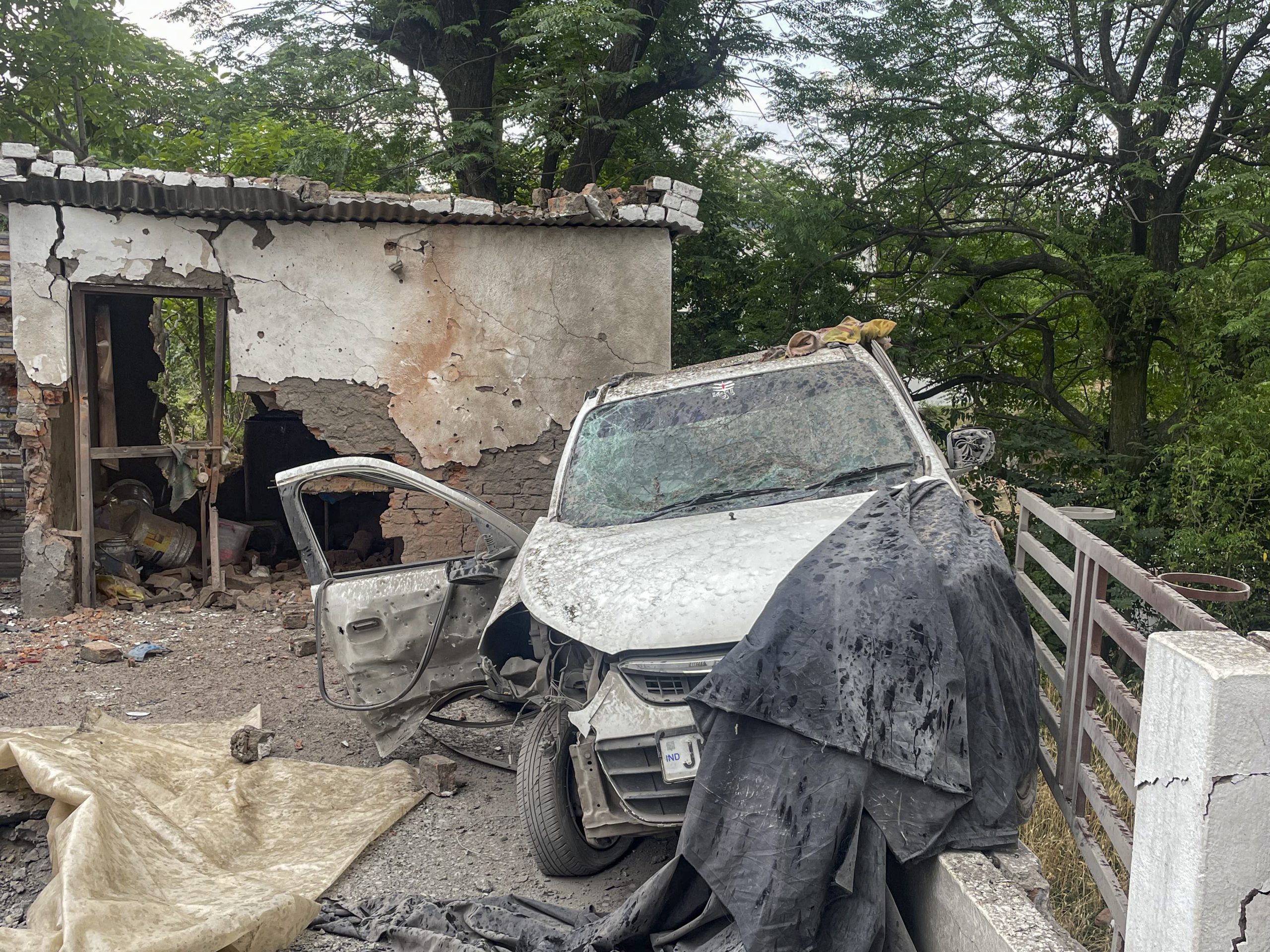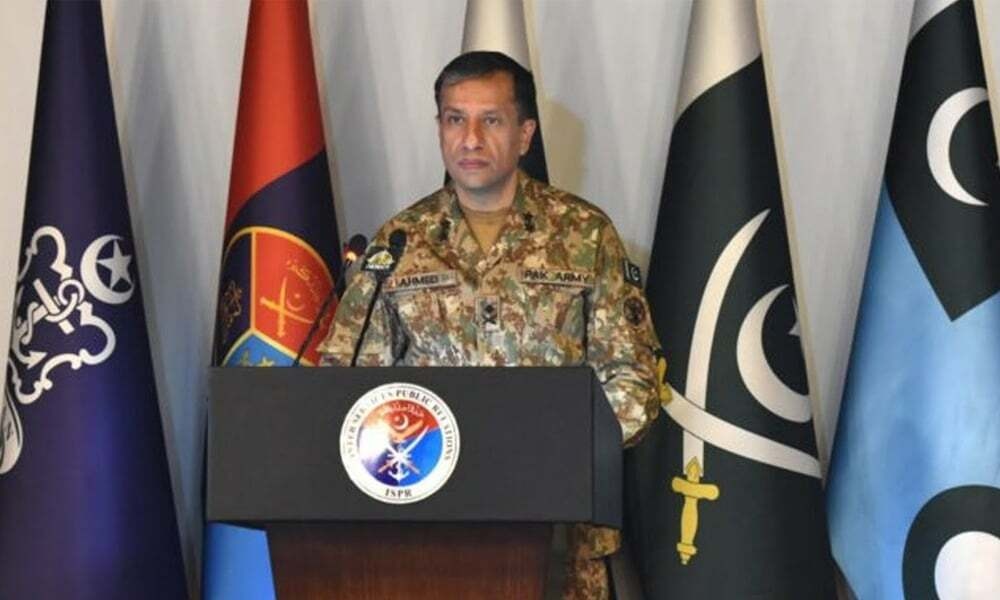Operation Sindoor: It Didn’t End On May 10! Why There Was Heavy Reliance On Air Power
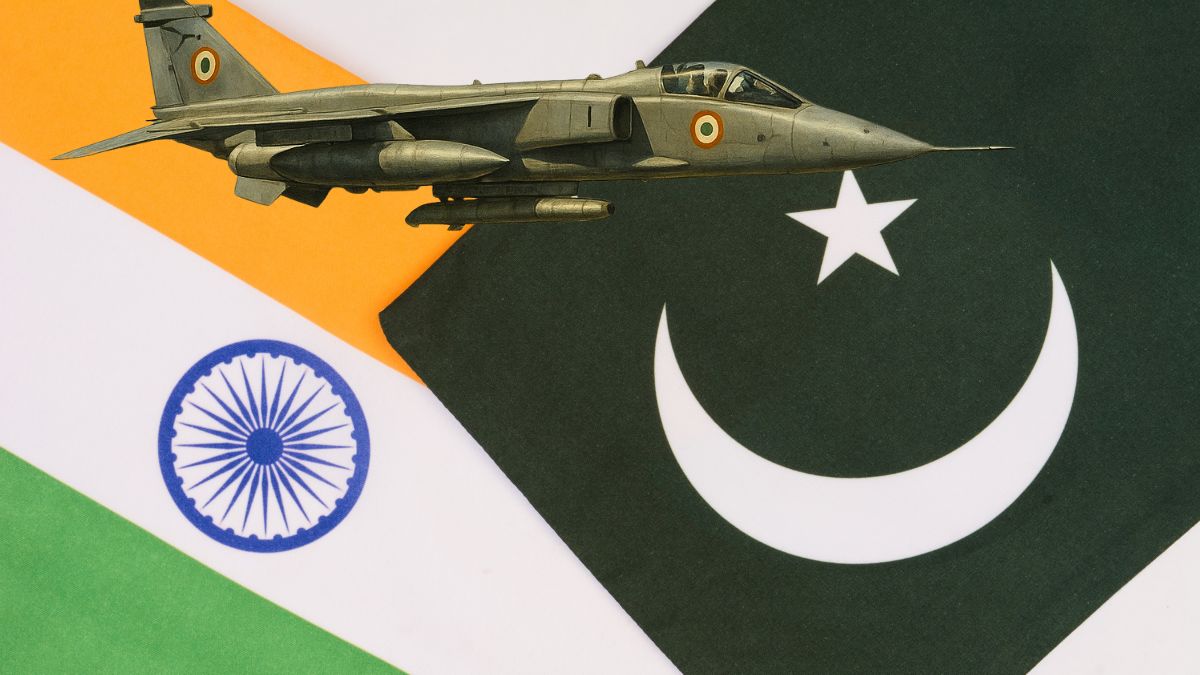
Army Chief General Upendra Dwivedi underlined that the ceasefire which followed the operation did not mean the conflict was truly over. Image courtesy: RNA
Operation Sindoor was a decisive Indian military action that showcased the country’s resolve to counter cross-border terrorism and Pakistani provocations. Triggered by escalating hostilities and the deadly April 22 Pahalgam terror attack, the operation marked one of the rare instances when India decisively used offensive air power in response to Pakistan’s actions.
According to Chief of Defence Staff (CDS) General Anil Chauhan, India relied on precise intelligence inputs and joint assessments to identify targets. Only high-value objectives directly linked to terror infrastructure and military support systems were chosen. The emphasis was on avoiding collateral damage while achieving strategic impact.
Op Sindoor: Why there was heavy reliance on air power?
After the Pahalgam terror attack happened, the armed forces already had enhanced precision strike capabilities. “When we discussed with the political leadership, it was decided that by only using drones and loitering munitions, we will not be able to achieve the political objectives,” the CDS shared.
To destroy terrorist camps in Bahawalpur and Muridke , it was necessary to use air power and the political leadership “gave a clear direction with a clear message to destroy the terrorist camps, and retaliate only if we are attacked”.
Operation Sindoor: What was Indian Air Force’s big play?
Chief of Air Staff, Air Chief Marshal Amar Preet Singh, stated that Operation Sindoor demonstrated India’s ability to strike swiftly, decisively, and with precision. Addressing the Passing Out Parade at the Officers Training Academy (OTA) in Chennai, he urged the newly commissioned officers to uphold the spirit of jointness in their service to the nation.
Operation Sindoor was a clear demonstration of India’s ability to strike swiftly, decisively, and with surgical precision. Mirage and Sukhoi fighter jets carried out calibrated strikes, proving the Air Force’s capability to neutralize threats deep inside hostile territory.
Air Chief Marshal Singh also recounted that the lessons from Operation Sindoor proved the successful synergy between the Army, Navy, Air Force, and other national security agencies. With this, he encouraged the cadets to understand their roles and collaborate with fellow officers to advance the collective mission of the armed forces.
Operation Sindoor: Did the conflict end with May 10 ceasefire?
Army Chief General Upendra Dwivedi underlined that the ceasefire which followed the operation did not mean the conflict was truly over. He noted that Pakistan continued with ceasefire violations and proxy warfare, keeping tensions alive along the Line of Control (LoC).
This made the Army’s role critical in maintaining a strong defensive posture.
“You may be thinking the war finished on May 10. No. It continued for a long time because so many decisions had to be made. It will be difficult for me to share beyond that,” General Dwivedi was quoted by news agency ANI as saying.
Suggesting that Op Sindoor moved like a “rhythmic wave”, the CDS added, “So, when to start, when to stop, how much to apply in terms of time, space, and resources, and what is the definition of calibrated, all these things are something which we kept on discussing at every point in time.”
What did Operation Sindoor mean for India’s military doctrine? Operation Sindoor set a precedent in India’s use of calibrated military power. It showcased seamless coordination between the Army, Air Force, and national security agencies. It won’t be completely wrong to say that the operation has become a template for India’s future responses to cross-border terror.


